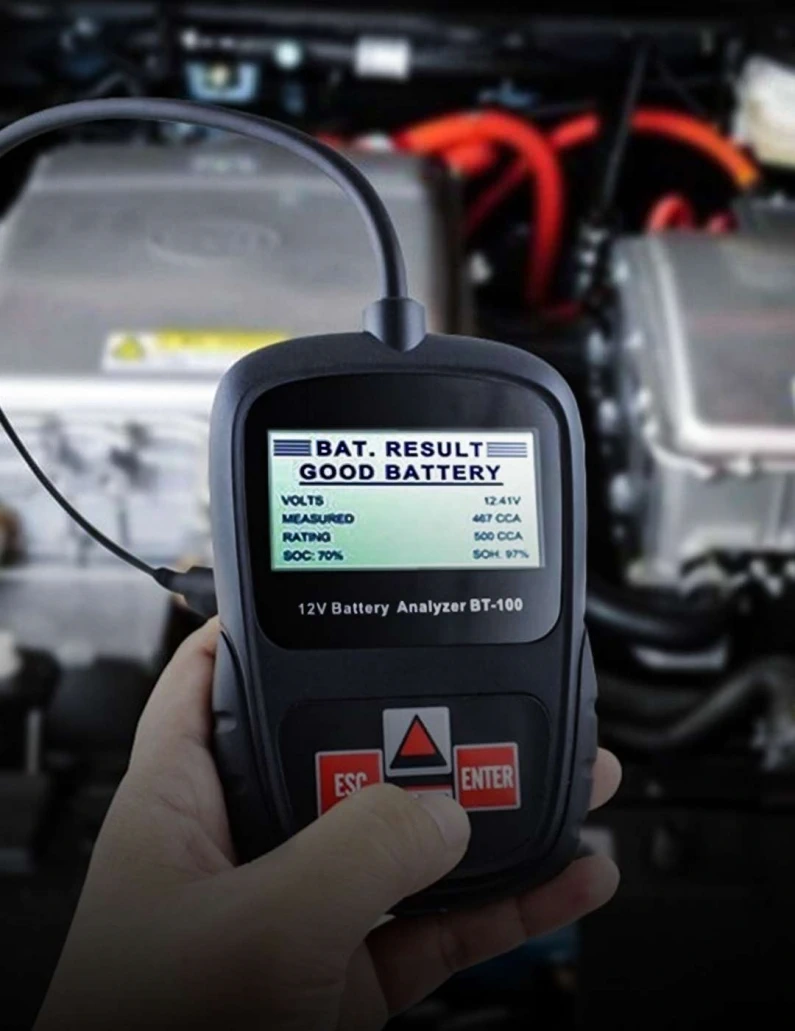Mastering Battery Safety & Performance
Table of Contents
Battery Life and Safety Essentials
Batteries power things. They run devices. We test batteries with tools. Testing keeps them safe. Batteries can explode if too hot. Cars use batteries a lot. Many people drive cars. Testing car batteries is key. We mimic accidents for tests. We check battery quality. We see if they might explode. These tests lower risks. They keep things safe.
Battery Life: Understanding Cycles
Batteries have cycles. It tells how often you can charge and use them. Different places test battery life. They test in cold, normal, and hot places. Uses decide when to toss batteries. Car batteries are tossed at 80%. Storage batteries might last to 60%. Most batteries we see? Toss them below 60%. They won’t last long.

Testing Speed in Lithium Batteries
Today, lithium batteries are everywhere. They’re not just in gadgets. They’re in electric cars too. Electric cars need changing power when they move. Life is fast now. We need more charging stations. And batteries that charge quick. So, testing battery speed is key. National standards help with that. Many factories make special, fast batteries. They want to meet market needs. The battery design can change. It involves materials, thickness, compactness, tabs, welding, and assembly. If you’re curious, you can learn more.
Challenges in Battery Safety Testing
Safety is key for battery users. Think about phone batteries blowing up or electric cars catching fire. It’s scary! Every lithium battery must be tested for safety. They check for overcharging, draining, shorts, drops, heat, shakes, squeezes, and even needle pokes. But some say these tests are passive. It means they see if outside things can break the battery. For official tests, batteries are designed in a certain way. But real-life crashes, like a car hitting another car, are different. They can be more complex. Yet, testing for every possible crash is expensive. So, testers pick the most reliable checks.
Lithium Batteries: The Heat Effect
Temperature affects how a battery discharges. It changes its capacity and voltage. When it’s cold, the battery works less well. Its reactions slow down. This reduces power and energy. For lithium-ion batteries, cold cuts the discharge a lot. But heat doesn’t drop it much. In fact, heat sometimes helps. This is because lithium moves faster when warm. Lithium batteries don’t lose power like some other types. When a battery discharges in the cold, it heats up. This makes the voltage rise, then drop again. Right now, most batteries are made of two types of materials. One type can be unsafe in high heat. But it can store more energy than the other. So, both types are used.


